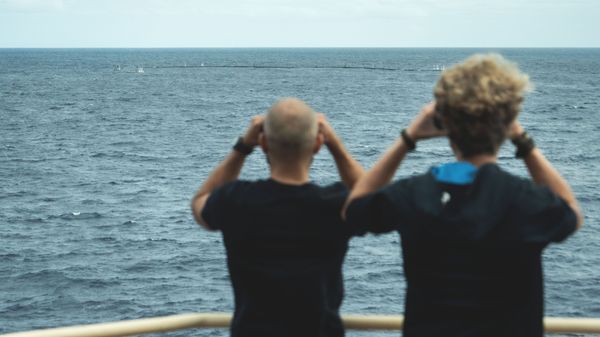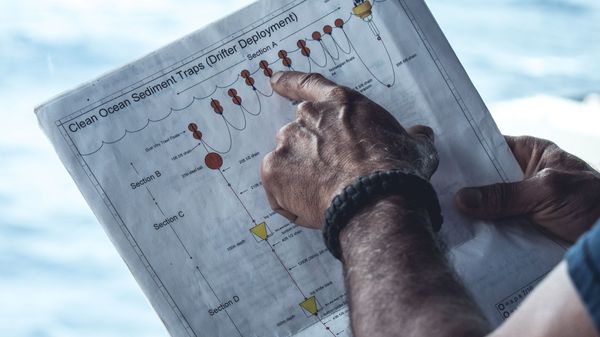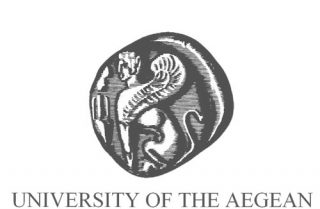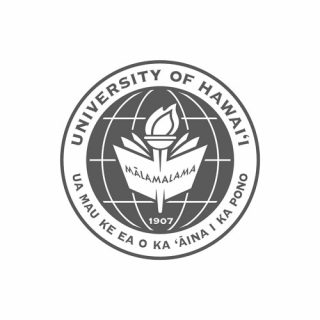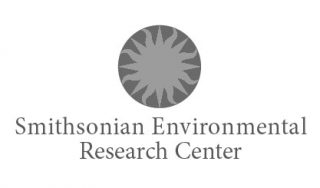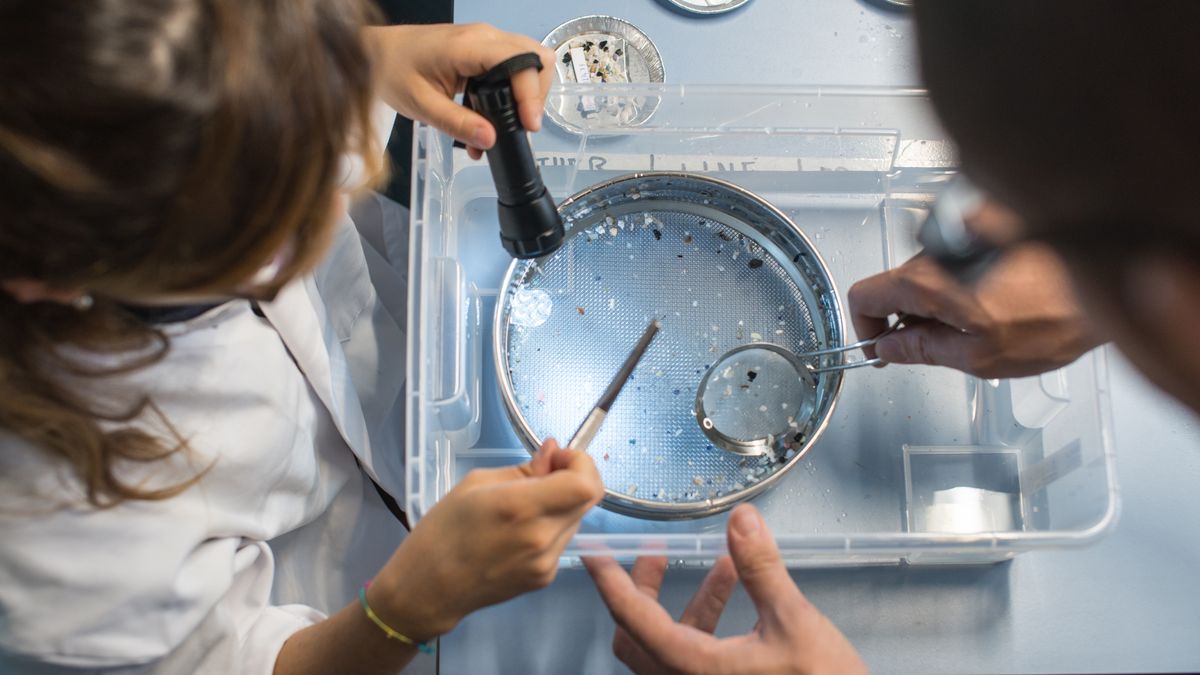
Research
Understanding
the problem
We believe that, to develop the most optimal cleanup technologies, it is essential that we truly understand the problem. Unfortunately, very little is known about the properties and dynamics of ocean plastic pollution – this is why we invest in scientific research. By understanding the sources, transport, and fate of plastic in the ocean, we create the foundation onto which we develop our cleanup solutions.
Featured research
Highlighting some of the studies that our scientists and researchers have been working on here at The Ocean Cleanup.
Plastic mass balance
To efficiently plan for our global cleanup strategy, we need to understand where plastic comes from, where it travels, and where it accumulates. With the current state of knowledge, a significant amount of plastic that may have entered the ocean is still unaccounted for. We are currently developing a model framework that simulates the transport of plastic in the global ocean, eventually providing a mass balance budget for plastic in the ocean. With our continued field observation efforts, collecting data in the five oceans from surface to seabed, we are actively looking for the missing plastic.
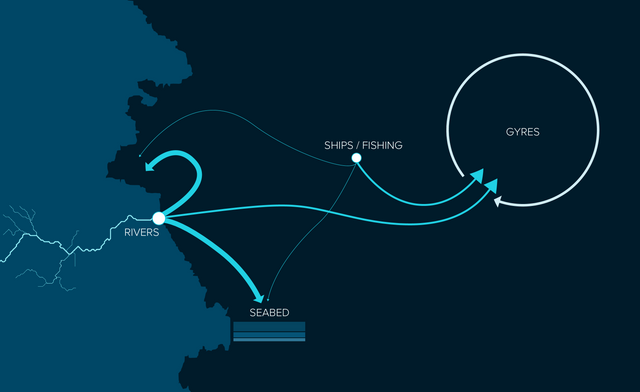
Mapping the Great Pacific Garbage Patch
After two major expeditions in the North Pacific subtropical waters, including a multi-vessel, field exploration mission in 2015 and the first aerial reconnaissance mission of a garbage patch in 2016, we published our findings on the quantification and characterization of the Great Pacific Garbage Patch in 2018. We estimated that in 2015, the GPGP covered an area of 1.6 million km2 containing nearly 80,000 metric tons of buoyant plastic waste, with debris ranging from large ghost nets and ropes to a multitude of centimeter and millimeter-sized hard plastic fragments.
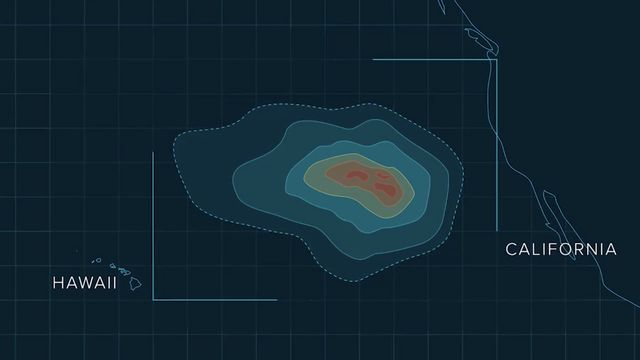
Global riverine emissions of plastic
Quantifying plastic pollution in the world’s ocean requires a deep understanding of emissions. It is commonly accepted that most plastic found in or near the marine environment is coming from terrestrial sources. Rivers particularly may play an important role in transporting mismanaged plastic waste from land into the ocean. We are developing numerical models for the prediction of plastic emissions from rivers in combination with several field sampling expeditions. Following a systematic methodology, we are conducting research in multiple rivers of the world to create a complete picture of how plastic enters the oceans.
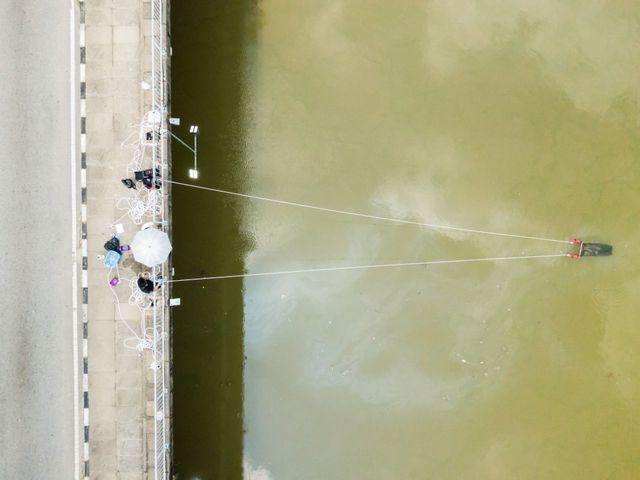
Our latest scientific publications
-
Cetacean Sightings within the Great Pacific Garbage Patch
Scientific note
April 2019, Marine Biodiversity -
Future Scenarios of Global Plastic Waste Generation and Disposal
Article in peer reviewed journal
January 2019, Nature, Palgrave Communications
Scientific Advisory Board
- Prof. Dr. Richard Spinrad Marine Technology & Oceanography, Marine Technology Society
- Prof. Dr. Alex Oude Elferink International Law of the Sea, Utrecht University
- Prof. Dr. Gerhard J. Herndl Ecology and Biological Oceanography, University of Vienna
- Prof. Dr. Mirek Kaminski Offshore Structures, Delft University of Technology
- Frederik Gerner Chairman on behalf of The Ocean Cleanup
Join
our team
Contribute your skills and build a clean future with us
Support the project
Help us continue advancing the scientific knowledge of the plastic pollution problem

